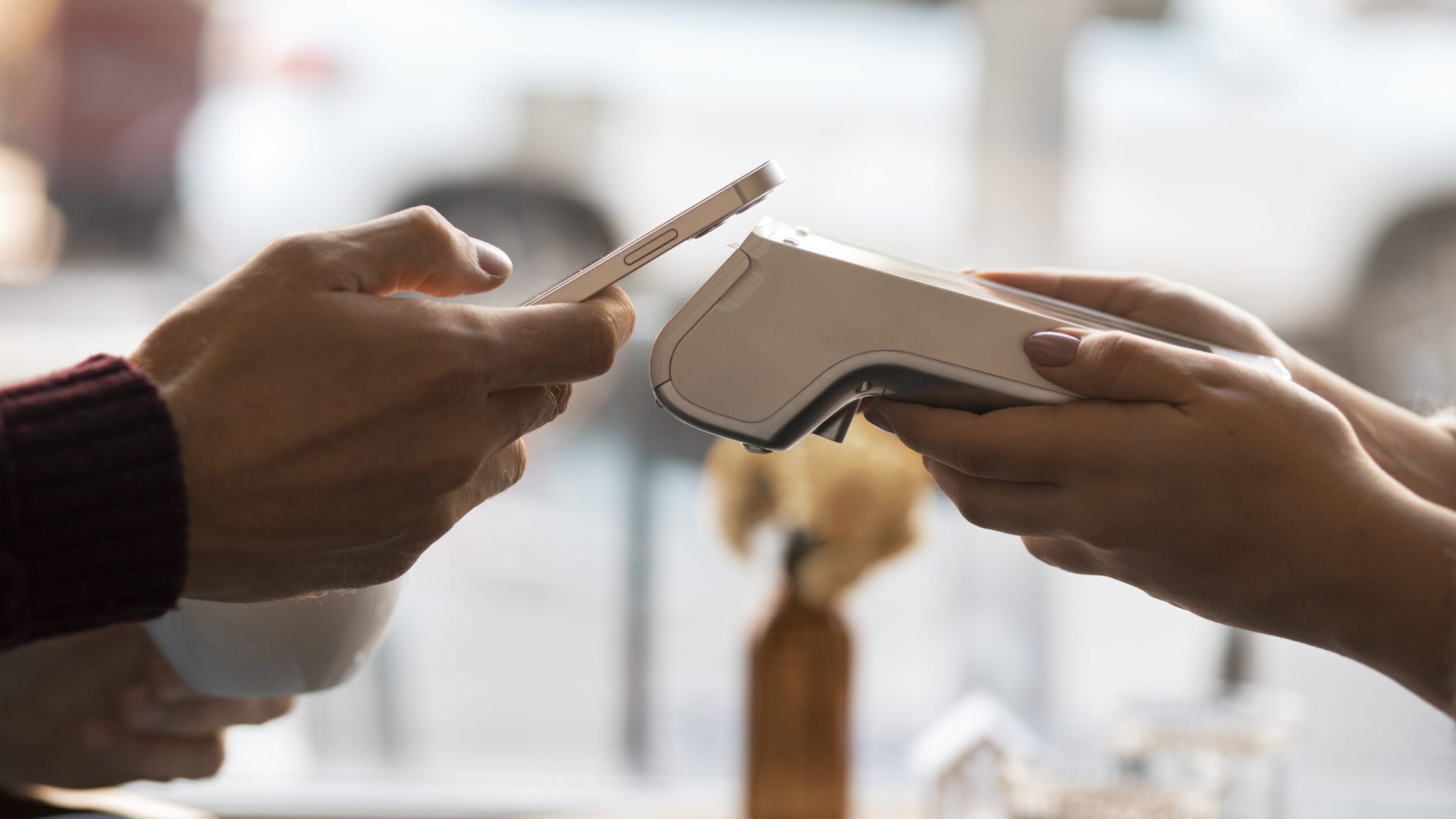
The Rise of Contactless Delivery: Revolutionizing Logistics for a Touch-Free Future
In the wake of the global pandemic, contactless delivery has emerged as a game-changer in the world of logistics. What started as a precautionary measure to minimize the spread of infectious diseases has quickly evolved into a transformative trend reshaping the future of deliveries. In this blog essay, we’ll explore the origins of contactless delivery, its current status, and its profound implications for the future of logistics.
What is Contactless Delivery?
Contactless delivery refers to a method of delivering goods to customers without any physical interaction between the delivery personnel and the recipient. Instead of handing over packages directly, delivery drivers leave them at a designated location, such as the doorstep or a designated drop-off area, allowing customers to retrieve them at their convenience.
The Beginning:
The concept of contactless delivery gained prominence during the COVID-19 pandemic, as businesses and consumers alike sought ways to minimize person-to-person contact and reduce the risk of virus transmission. Delivery companies, e-commerce platforms, and restaurants quickly adopted contactless delivery protocols to ensure the safety of their customers and employees.
At Present:
Since its inception, contactless delivery has gained widespread acceptance and popularity among consumers. The convenience, safety, and peace of mind offered by contactless delivery have made it the preferred option for many, even as pandemic-related restrictions ease. Delivery companies continue to invest in contactless delivery technologies and processes to enhance efficiency and streamline operations.
Changing the Future of Logistics:
Contactless delivery has profound implications for the future of logistics, shaping the way goods are transported, distributed, and delivered. Some key ways in which contactless delivery is changing the future of logistics include:
- Safety and Hygiene: Contactless delivery prioritizes the safety and hygiene of both delivery personnel and customers, reducing the risk of exposure to contagious illnesses.
- Convenience and Flexibility: Contactless delivery offers greater convenience and flexibility to customers, allowing them to receive packages at their preferred location and time without the need for physical interaction.
- Efficiency and Automation: Contactless delivery drives efficiency and automation in logistics operations, enabling delivery companies to optimize routes, reduce delivery times, and minimize labor costs.
- Technological Innovation: Contactless delivery has spurred technological innovation in the logistics industry, leading to the development of advanced delivery tracking systems, autonomous delivery vehicles, and drone delivery solutions.
Conclusion:
Contactless delivery has quickly evolved from a temporary response to a global crisis to a permanent fixture in the future of logistics. By prioritizing safety, convenience, and efficiency, contactless delivery has transformed the way goods are delivered and received, offering a glimpse into the touch-free future of logistics. As technology continues to advance and consumer preferences evolve, contactless delivery will undoubtedly remain a cornerstone of modern logistics operations, shaping the way we think about and experience deliveries for years to come.



